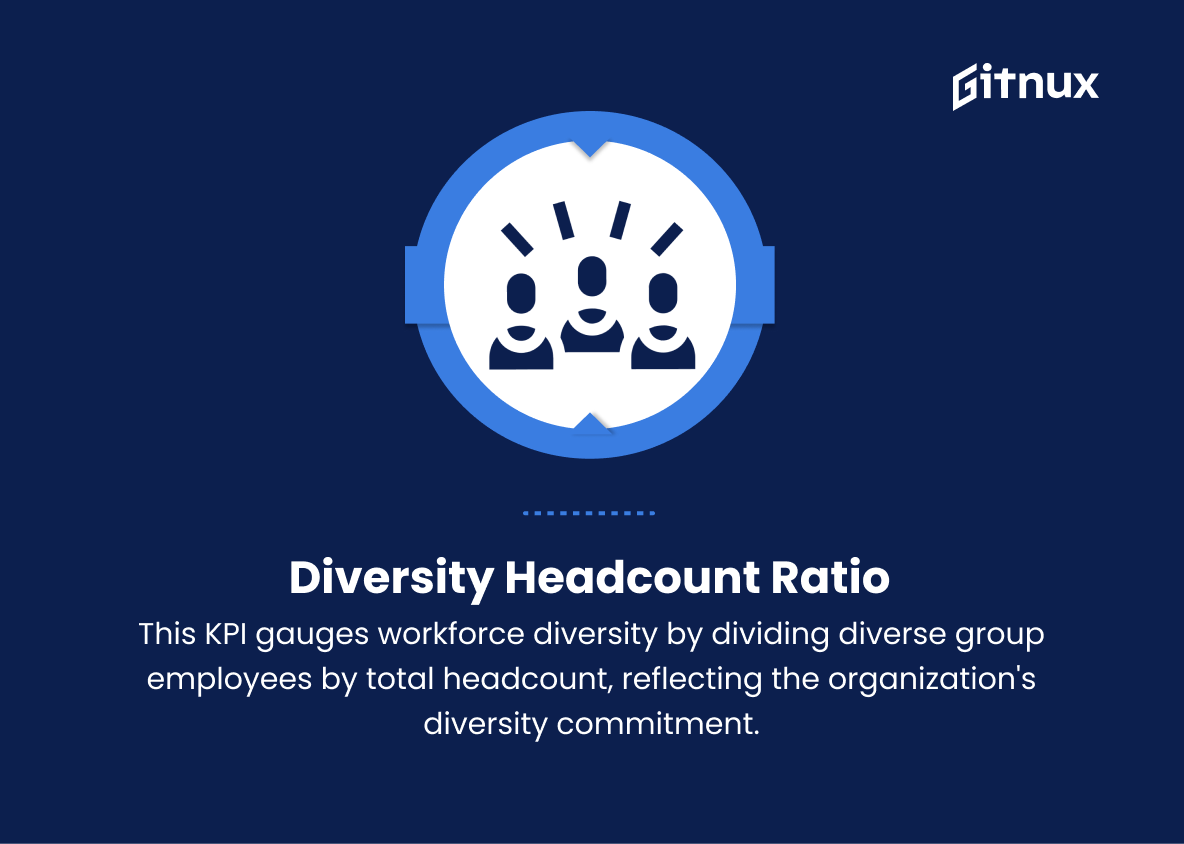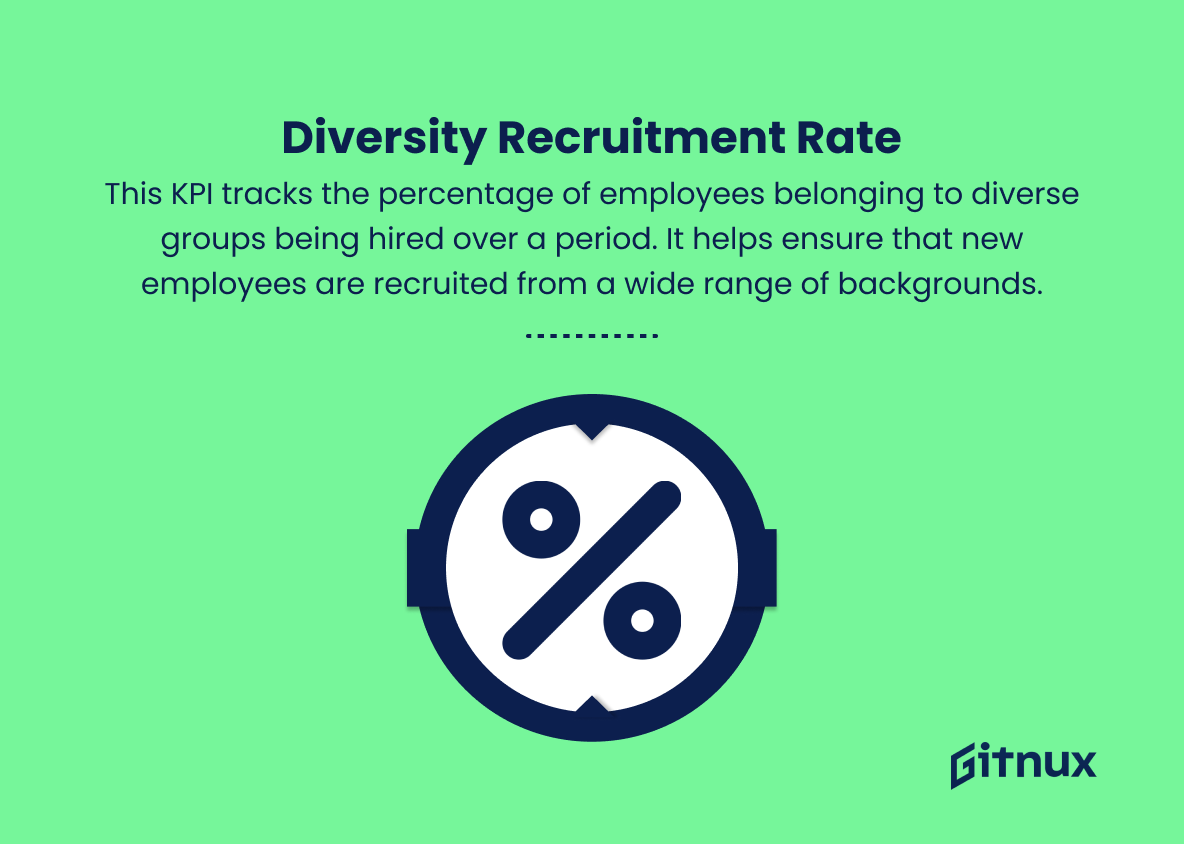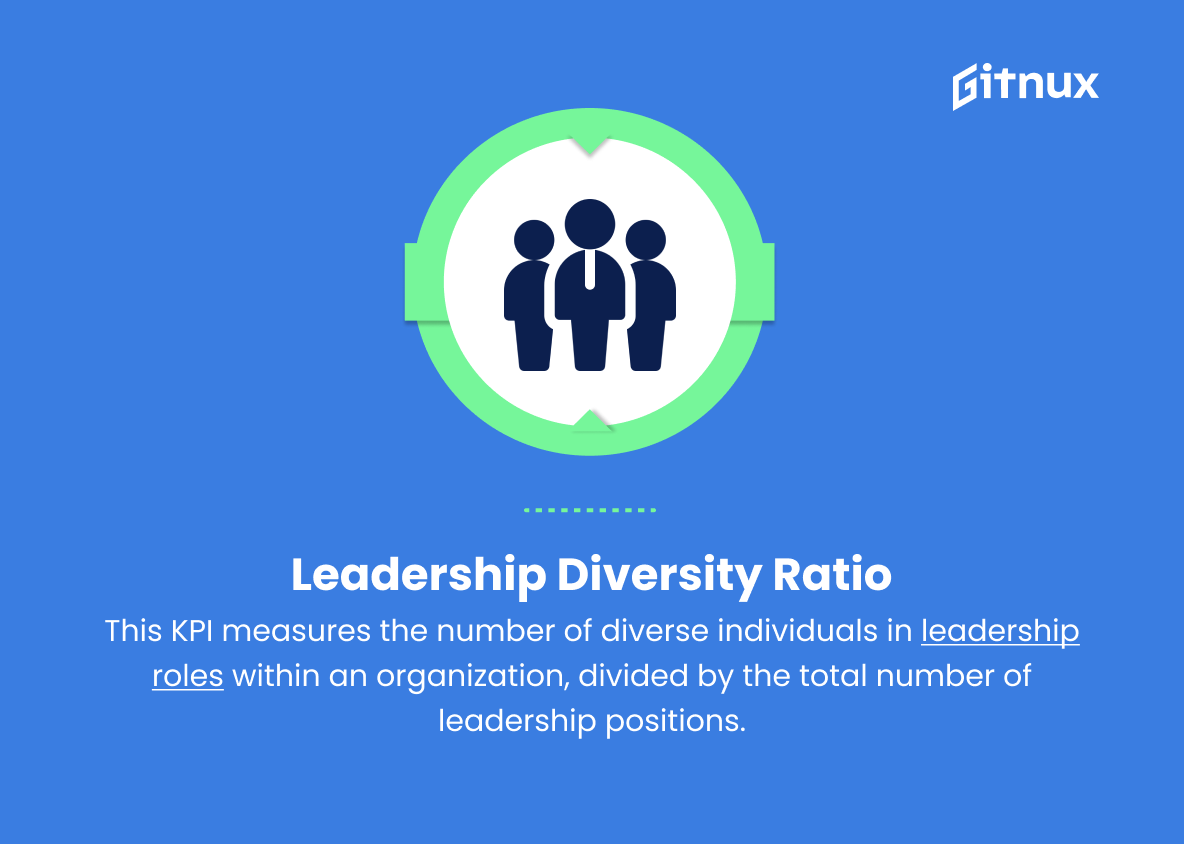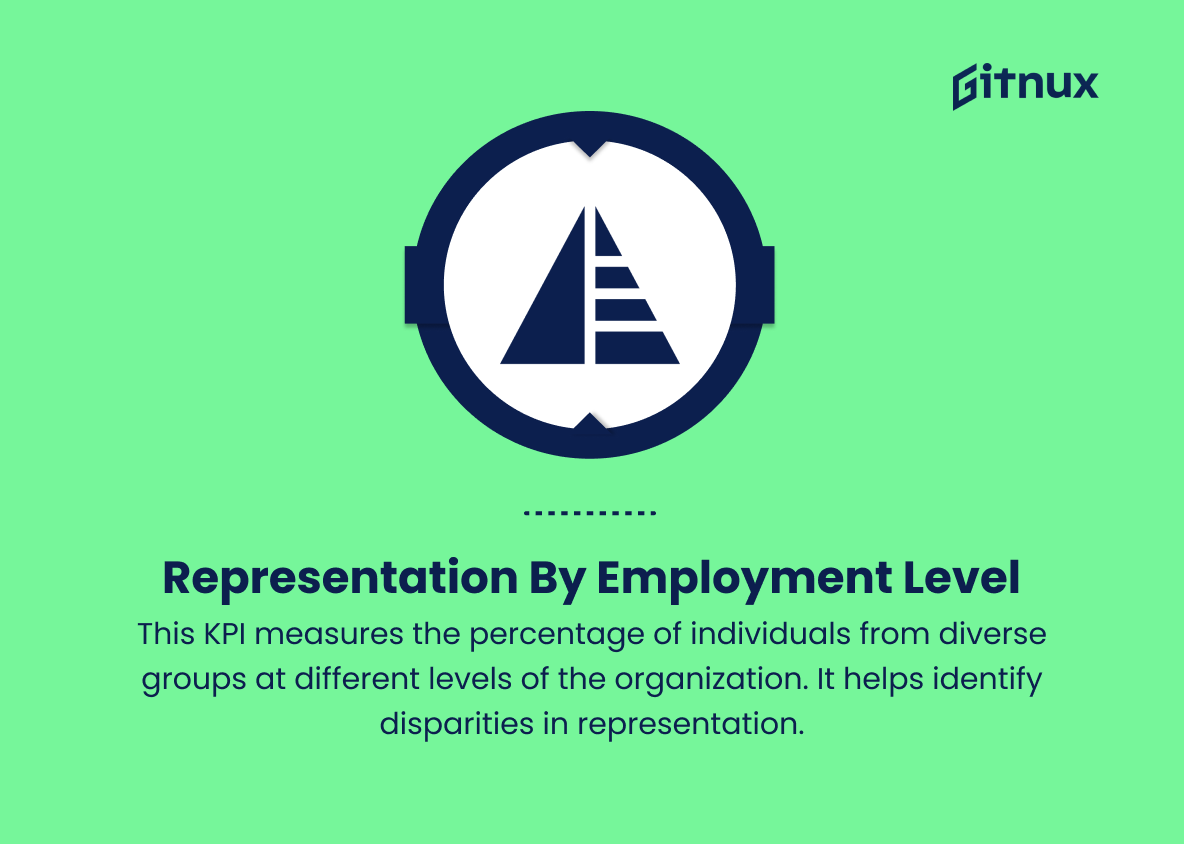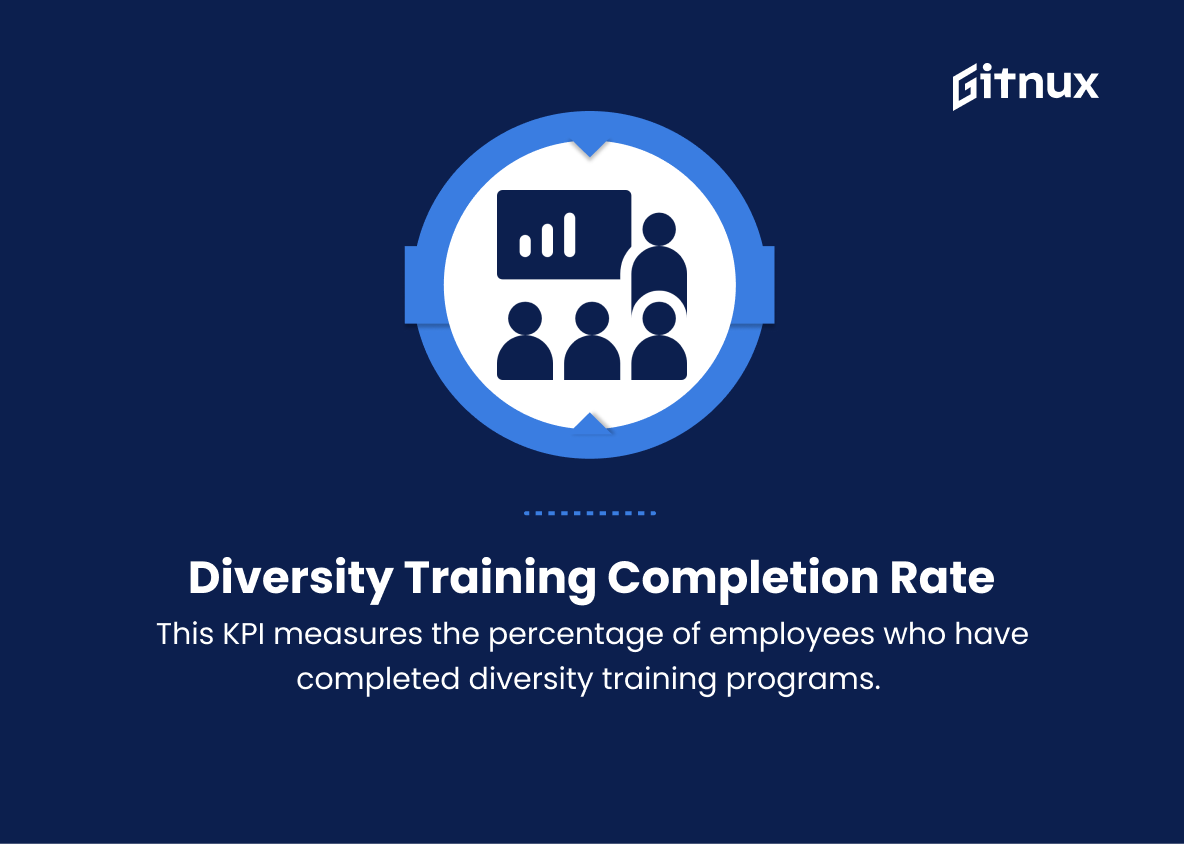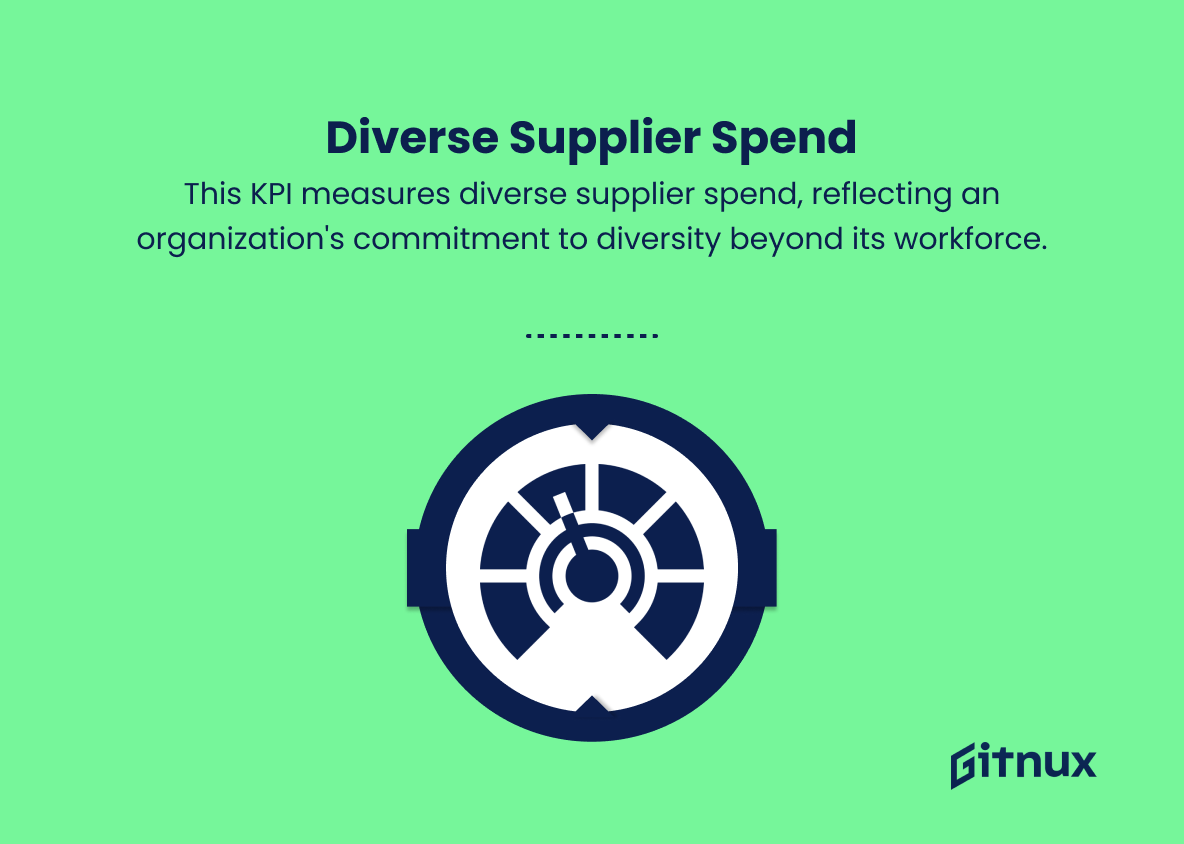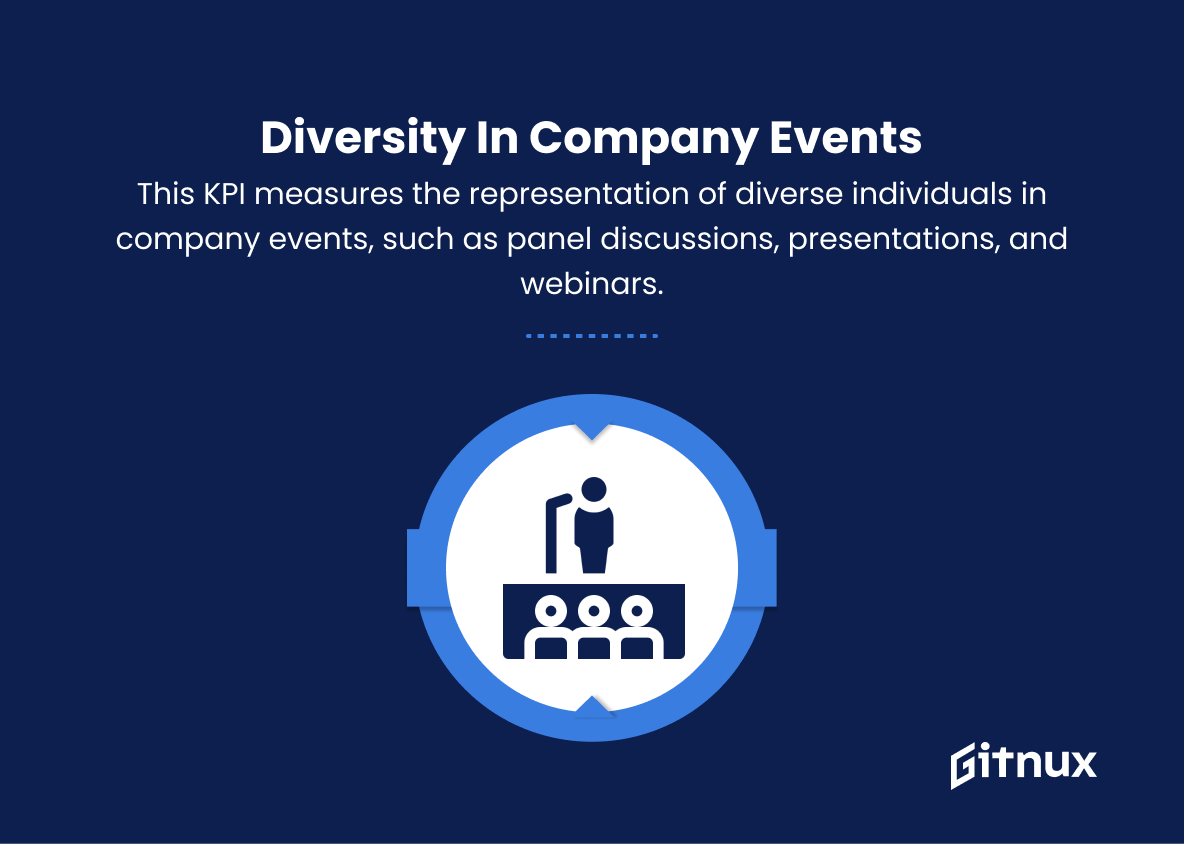In today’s globalized and interconnected world, the importance of fostering a diverse and inclusive work environment has never been more apparent. The benefits of having a diverse workforce range from increased creativity and innovation to improved employee morale and retention. Consequently, organizations have begun to focus on implementing Diversity Key Performance Indicators (KPIs) as essential metrics for assessing and driving progress in their diversity and inclusion efforts.
This blog post delves into the world of Diversity KPIs, exploring their significance, the challenges organizations face while implementing them, and strategies for developing and tracking these crucial indicators effectively. Join us as we examine the pivotal role of Diversity KPIs in building a thriving, inclusive workplace that promotes the growth and success of both individuals and organizations as a whole.
Diversity KPIs You Should Know
1. Diversity headcount ratio
This KPI measures the total number of employees from diverse groups (gender, race, age, etc.) in a company, divided by the total headcount. It provides an overall indication of an organization’s commitment to diversity in the workforce.
2. Diversity recruitment rate
This KPI tracks the percentage of employees belonging to diverse groups being hired over a period. It helps ensure that new employees are recruited from a wide range of backgrounds.
3. Leadership diversity ratio
This KPI measures the number of diverse individuals in leadership roles within an organization, divided by the total number of leadership positions. It demonstrates how successful the organization is at promoting diversity at the management level.
In today’s globalized and interconnected world, the importance of fostering a diverse and inclusive work environment has never been more apparent.4. Employee turnover rate by demographics
This KPI measures the percentage of employees from diverse backgrounds leaving the organization. A high turnover rate among specific groups may indicate dissatisfaction, signaling the need for interventions to enhance workplace inclusion.
5. Representation by employment level
This KPI measures the percentage of individuals from diverse groups at different levels of the organization. It helps identify disparities in representation and career progression for different demographics.
6. Inclusion index
This KPI measures the extent to which employees feel included and valued in the organization. It’s typically derived from employee surveys that capture perceptions of respect, belonging, and fairness, allowing companies to assess the effectiveness of their diversity and inclusion initiatives.
7. Diversity training completion rate
This KPI measures the percentage of employees who have completed diversity training programs. It helps demonstrate an organization’s commitment to diversity awareness and education.
The benefits of having a diverse workforce range from increased creativity and innovation to improved employee morale and retention.8. Diverse supplier spend
This KPI measures the percentage of procurement spend on goods and services from diverse suppliers owned by underrepresented groups such as women, minorities, veterans, and LGBTQ+ individuals. It demonstrates an organization’s commitment to support diversity beyond the workforce.
9. Pay equity ratio
This KPI measures the relative pay by comparing the average salary of diverse employees with that of the majority group. It helps identify any significant pay gaps that may exist across different demographics.
10. Diversity in company events
This KPI measures the representation of diverse individuals in company events, such as panel discussions, presentations, and webinars. It demonstrates the organization’s commitment to inclusivity and showcasing a range of perspectives.
By tracking and analyzing these KPIs, organizations can assess their progress in promoting diversity and inclusion, allowing them to identify areas for improvement and ensure a more inclusive and equitable work environment.
Diversity KPIs Explained
Diversity KPIs, such as diversity headcount ratio, diversity recruitment rate, and leadership diversity ratio, among others, are crucial in evaluating an organization’s commitment to fostering an inclusive and equitable work environment. They help assess representation across various demographics, employee satisfaction, and career progression, while also providing insight into the effectiveness of diversity and inclusion initiatives.
By monitoring these indicators, companies can identify gaps and areas for improvement, thus driving positive change and ensuring a more diverse and inclusive workplace. This not only enhances productivity and innovation but also attracts and retains top talent, ultimately contributing to the overall success of the organization.
Conclusion
In closing, companies that are truly committed to fostering a diverse and inclusive work environment must implement Diversity KPIs as essential tools. By measuring, tracking, and analyzing these crucial indicators, organizations not only promote a more well-rounded workforce but also unlock the potential for increased innovation, creativity, and financial performance.
Furthermore, establishing Diversity KPIs is not a one-time initiative, but rather an ongoing process that requires consistent monitoring, re-evaluation, and adaptation. When properly executed, businesses will not only meet legislative requirements and societal expectations but also pave the way for meaningful change and long-term success in an increasingly interconnected global marketplace.
